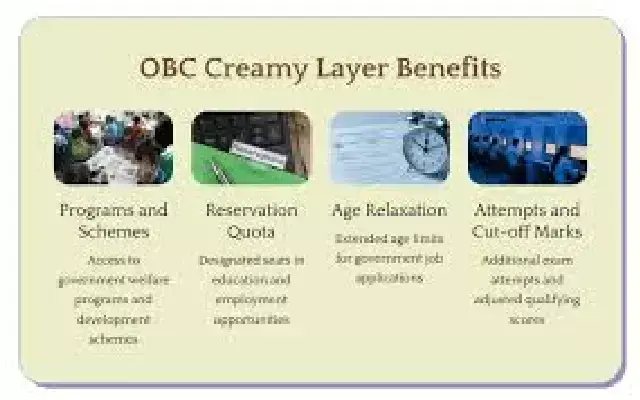
Caste Census Recommends Creamy Layer Norm for Category 1 in K’taka
The recent leak of excerpts from Karnataka’s caste census report has sent shockwaves across the state, with a recommendation to introduce the creamy layer policy for Category 1 castes listed under the backward classes reservation system. This proposal, aimed at promoting equity within the category, aligns Category 1 with others like 2A, 2B, 3A, and 3B, which are already governed by creamy layer norms.
For the uninitiated, the creamy layer policy is a mechanism designed to ensure that only the economically backward sections of society benefit from reservation policies. The policy was introduced to prevent the privileged sections within backward classes from availing themselves of the benefits meant for the genuinely backward sections. Under the creamy layer norm, individuals with annual incomes above a certain threshold are deemed to be above the poverty line and are therefore excluded from reservation benefits.
The recommendation to introduce the creamy layer policy for Category 1 castes is significant, as it marks a departure from the existing system. Currently, Category 1 castes, which include communities such as Lingayats, Vokkaligas, and Kurubas, are exempt from the creamy layer policy. This has led to concerns that the privileged sections within these communities have been availing themselves of reservation benefits, thereby depriving genuinely backward sections of the same.
The proposal to introduce the creamy layer policy for Category 1 castes is seen as a move to address these concerns and ensure that the benefits of reservation are accessible to only those who truly need it. By aligning Category 1 with other categories that are already governed by the creamy layer norm, the state government is seeking to promote equity and ensure that the benefits of reservation are not exploited by the privileged sections.
The creamy layer policy has been in place for categories 2A, 2B, 3A, and 3B since 2008, and has been successful in preventing the misuse of reservation benefits. The policy has helped to ensure that only those who are genuinely backward and in need of assistance are able to benefit from reservation policies.
The recommendation to introduce the creamy layer policy for Category 1 castes has been welcomed by many, who see it as a step towards promoting equality and justice. However, there are also concerns that the introduction of the creamy layer policy may lead to exclusion of some communities from reservation benefits.
The creamy layer policy is based on the principle of “income criterion” which means that individuals with an annual income above a certain threshold are deemed to be above the poverty line and are therefore excluded from reservation benefits. The threshold for creamy layer income is currently set at ₹8 lakh per annum.
The proposal to introduce the creamy layer policy for Category 1 castes has been met with mixed reactions from various stakeholders. While some have welcomed the move, others have expressed concerns that it may lead to exclusion of some communities from reservation benefits.
The Karnataka government has been conducting a caste census since 2018, with the aim of identifying the backward classes and implementing policies to benefit them. The census report is expected to provide a comprehensive picture of the backward classes in the state and help the government to formulate policies to benefit them.
The creamy layer policy is a crucial aspect of reservation policies, as it helps to ensure that only those who are genuinely backward and in need of assistance are able to benefit from reservation benefits. The introduction of the creamy layer policy for Category 1 castes is a significant move towards promoting equity and justice, and is likely to have a positive impact on the lives of many backward classes communities in the state.
In conclusion, the recommendation to introduce the creamy layer policy for Category 1 castes is a significant move towards promoting equity and justice in Karnataka. The policy is designed to ensure that only those who are genuinely backward and in need of assistance are able to benefit from reservation benefits. While there may be concerns about the exclusion of some communities from reservation benefits, the introduction of the creamy layer policy is a step towards promoting equality and justice in the state.



